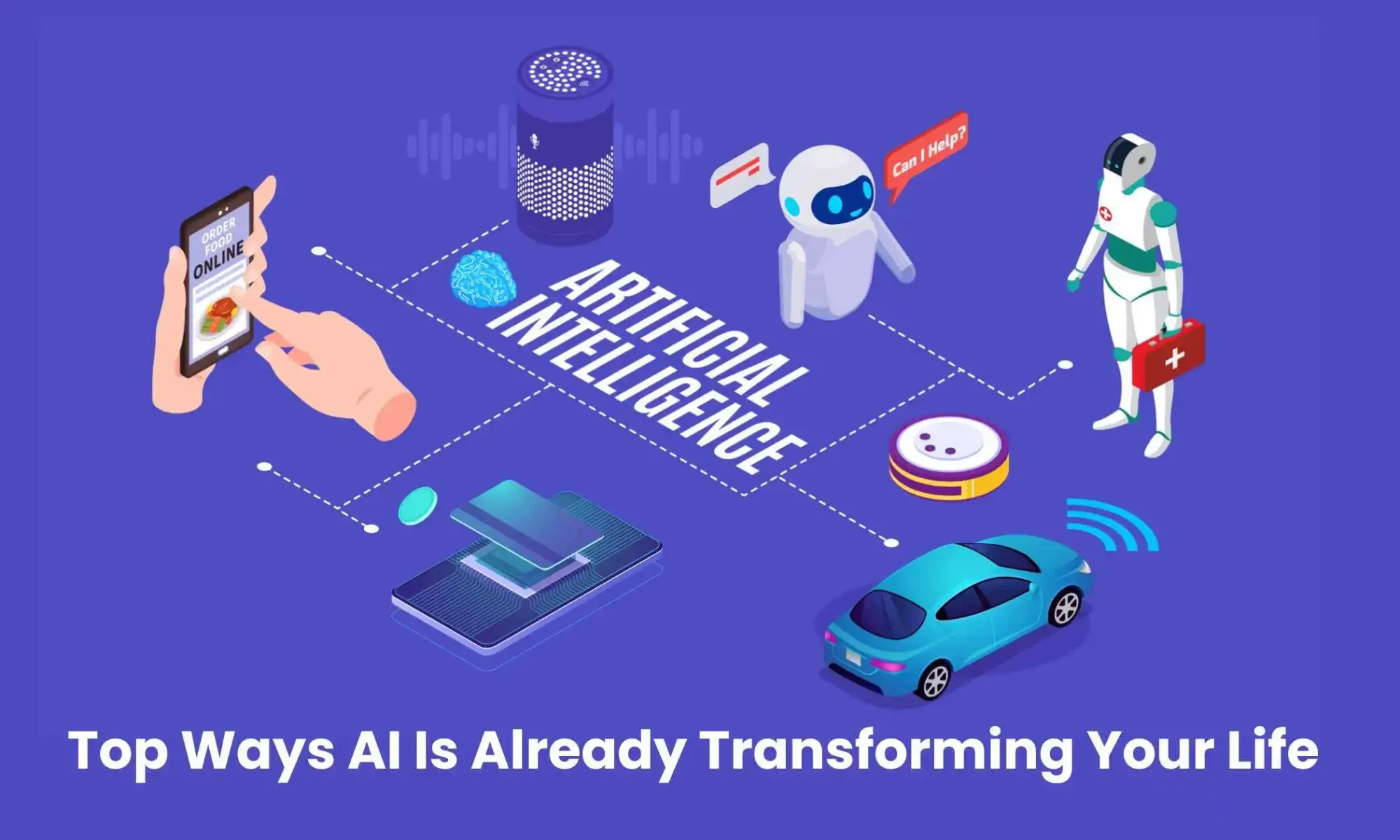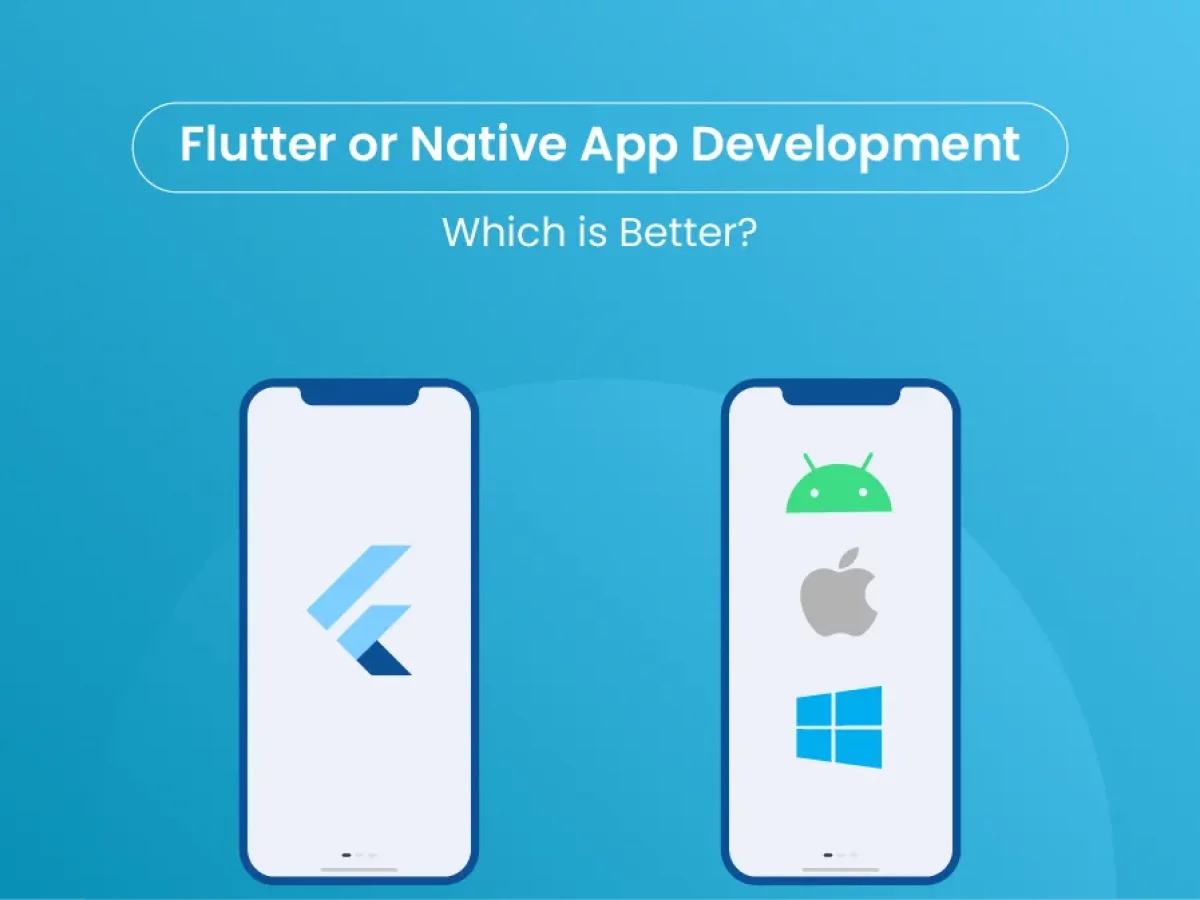Artificial Intelligence (AI) might sound futuristic or limited to tech companies, but the truth is—you’re surrounded by it every single day. From the moment you wake up to the time you go to bed, AI quietly powers many of the apps, devices, and services you depend on. The best part? Most of the time, you don’t even realize it’s there.
In this blog, let’s uncover some everyday examples of AI you’re already using—sometimes without even noticing.
1. Your Smartphone Assistant
Whether you use Siri, Google Assistant, or Alexa, you’re interacting with AI daily. These voice assistants rely on natural language processing (NLP) and machine learning to understand your commands, answer questions, and even anticipate your needs.
- Setting alarms by voice
- Getting directions
- Asking for weather updates
- Sending quick texts hands-free
All of this is possible because of AI.
2. Social Media Feeds
Ever wondered why your Instagram, Facebook, or TikTok feed feels like it “knows” you? That’s AI in action. Platforms use AI algorithms to analyze your behavior—what you like, comment on, or skip—and then curate content that keeps you engaged.
- TikTok’s “For You” page is AI-powered
- Instagram shows posts based on your interests
- Facebook recommends friends and groups using AI
In short, your social media scrolling experience is custom-built by AI.
3. Email Filters & Smart Replies
If Gmail automatically pushes certain emails into your Spam or “Promotions” folder, that’s AI doing the heavy lifting. Similarly, those short “smart replies” like “Got it” or “Let’s talk tomorrow” are generated by AI to save you time.
- AI spam filters protect you from phishing and junk mail
- Predictive text makes email writing faster
- Prioritization ensures important emails stand out
4. Navigation & Ride-Sharing Apps
Google Maps, Apple Maps, and ride-hailing services like Uber and Ola use AI in multiple ways:
- Predicting the fastest route based on traffic data
- Estimating arrival times
- Matching drivers with passengers in real-time
Behind every smooth trip you take, AI is crunching data to make transportation seamless.
5. Streaming Recommendations
When Netflix recommends a show you end up binge-watching, or when Spotify creates your perfect playlist, that’s AI at work. These platforms rely on recommendation engines powered by AI, analyzing your history and comparing it with others to suggest exactly what you might enjoy next.
6. E-Commerce & Online Shopping
AI has transformed how you shop online:
- Personalized product recommendations on Amazon or Flipkart
- “Frequently Bought Together” and “Customers Also Viewed” suggestions
- AI-powered chatbots that answer queries instantly
It feels effortless, but AI is constantly learning your preferences to make shopping smoother.
7. Smart Home Devices
From smart speakers like Amazon Echo to smart bulbs, thermostats, and even robotic vacuum cleaners—AI is embedded in modern households. These devices learn your routines and adjust settings automatically, such as:
- Turning on lights when you arrive
- Adjusting temperature based on time of day
- Cleaning your house while you’re at work
8. Banking & Fraud Detection
Every time your bank sends you an alert about “suspicious activity,” AI is behind it. Banks use AI-powered fraud detection systems to analyze millions of transactions in real-time, spotting unusual patterns that humans could easily miss.
9. Online Search Engines
Google search isn’t just a simple query box—it’s one of the most advanced AI systems in the world. AI ensures you get the most relevant results, powers voice search, and even predicts what you’re about to type through autocompletesuggestions.
10. Photo & Face Recognition
When your phone unlocks with Face ID, or Google Photos creates an album of your friend’s pictures automatically, you’re witnessing AI in computer vision. AI can detect objects, identify people, and even enhance image quality without your input.
11. Customer Service Chatbots
The next time you ask a company a question online and get an instant response, you’re likely talking to an AI-powered chatbot. These virtual assistants are designed to handle FAQs, book appointments, and even process orders—all without human intervention.
12. Predictive Text & Autocorrect
While texting, have you noticed how your phone suggests the next word, or fixes typos instantly? That’s AI working behind the scenes with predictive modeling and language learning to make communication faster and easier.
Final Thoughts
AI isn’t just about futuristic robots or self-driving cars—it’s woven into the fabric of your everyday life. From the music you enjoy to the routes you drive, the emails you send to the photos you save—AI is always working quietly in the background.
The next time you pick up your smartphone or open your laptop, remember—you’re already living with AI. And as the technology advances, its presence in your daily routine will only grow stronger.




